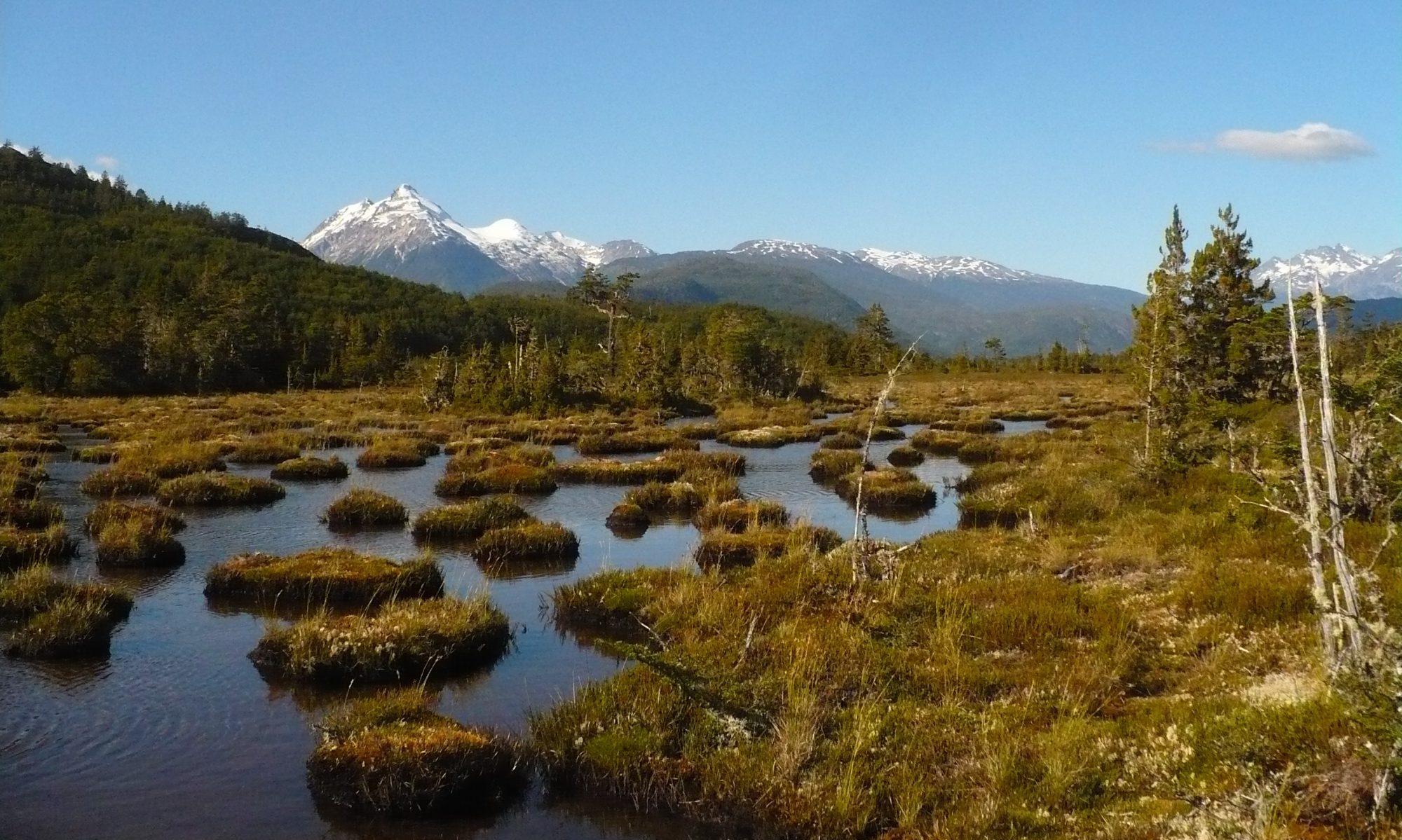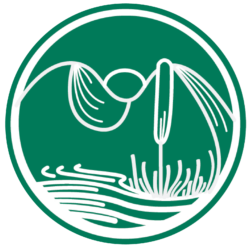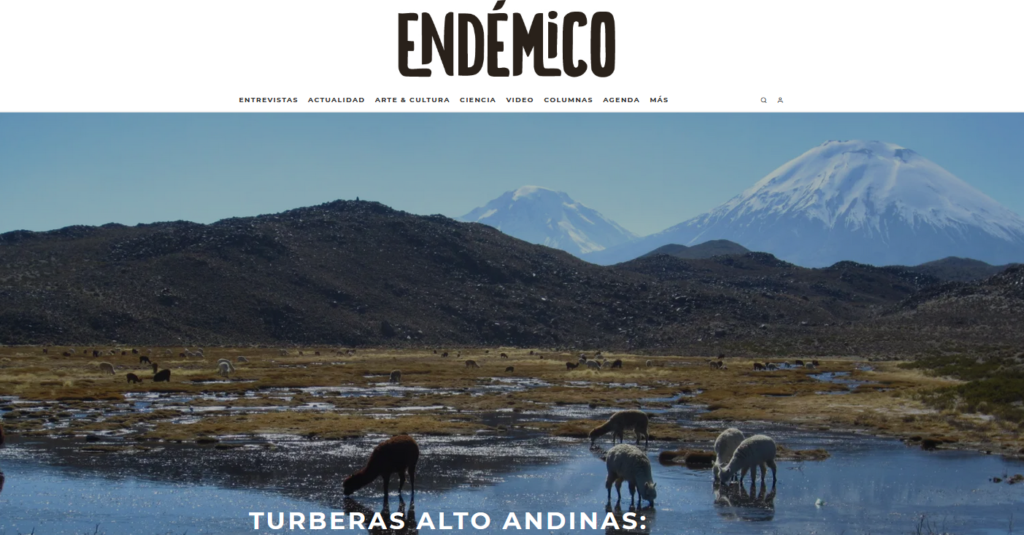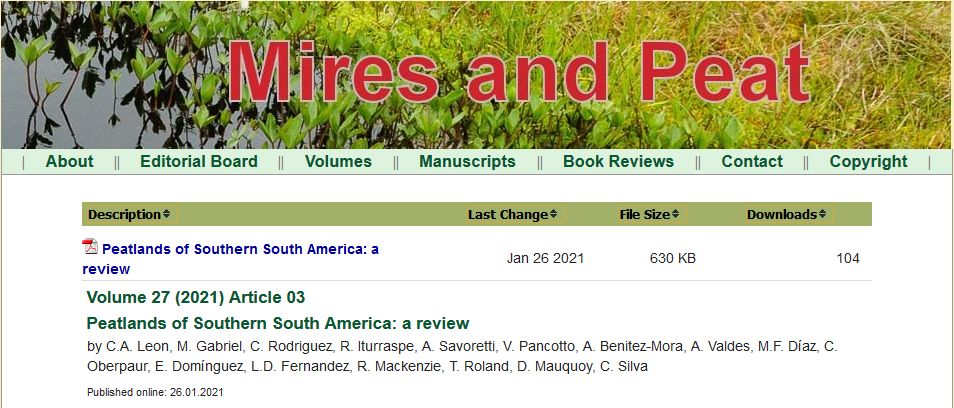Reflections concerning the approval of the “Environmental Protection Law of Peatlands” in Chile and the proposed changes to the legal text in the next legislative step (After the fiesta comes the hangover)
- On January 11, the chamber of deputies in Chile approved a bill for the “Environmental Protection Law of Peatlands”, prohibiting in the current version the exploitation and interventions of these ecosystems. In doing so, Chile made a big step towards the mitigation of climate change and water conservation, at a moment where the country is suffering a decade of drought and right now even with a declared state of hydric emergency.
- The law was unanimously approved with 132 votes in favour and only one abstention. In the next step, the legal text will be revised by the environment committee, which is constituted by nine members of parliament. The committee can change the legal text which will afterwards be voted for a final approval in the parliament again.
- After the current ballot on the 11 of January, two documents with proposed changes, unfortunately intenting to legitimate extractive activities in peatlands.
- The first of these documents with proposed changes was presented by two members of parliament which are in favour of the Sphagnum harvest, which they call “pruning of the moss”. They demand that this activity should be authorized in sites with harvesting plans. The requirements for such a plan are based on the regulations of the “Decreto Supremo 25” (DS25). This decree is a regulation instrument which in the beginning sparked a lot of hope among conservationists, but badly disappointed expectations, after it became effective in August 2019 with many modifications, reducing its effectiveness in protecting peatlands. The DS25 defines the Sphagnum harvest as sustainable, when a plant residue of at least 5 cm remains in the ground. For the harvesters this part of the regulation is quite difficult realize, as they can’t control with certainty the size of the remaining part of the moss using their cutting tool. Moreover, this aspect is exacerbating the control through the SAG (Servicio Agrícola y Ganadero) which is the institution entitled with the surveillance of the DS25. Before the mentioned modifications, the SAG was able to control a maximum length of Sphagnum fibres in the sacks with the harvested moss (for example in the moment of exportation). Now, if they wanted to control, they would have to go to each harvesting site and measure the residual plants’ lengths.
- In addition, this regulation can have detrimental effects for the recovery of the Sphagnum vegetation. As it allows the cutting of the moss at any depth (leaving 5 cm in the ground), the regeneration of the plant will be affected. Investigations of Diaz and Silva (2012) show almost no regrowth when cut deeper than 12 cm.
- Further, the two members of parliament suggest that 30% of the Sphagnum cover of a site must prevail and that 10% must not be touched at all. However, they do not specify how this should be realized, keeping in mind that the transport is usually supported by motorized vehicles or animals.
- At last, the proposed changes designate how trespassing of the law should be penalized. The fines could be as low as 120 Euros, taking into account the income situation of the trespasser and his/her willingness to cooperate.
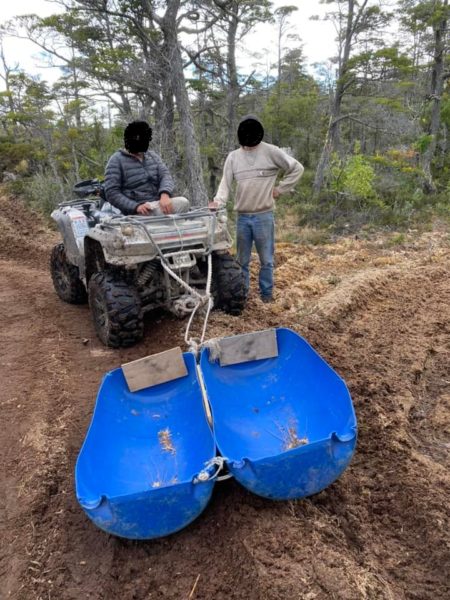
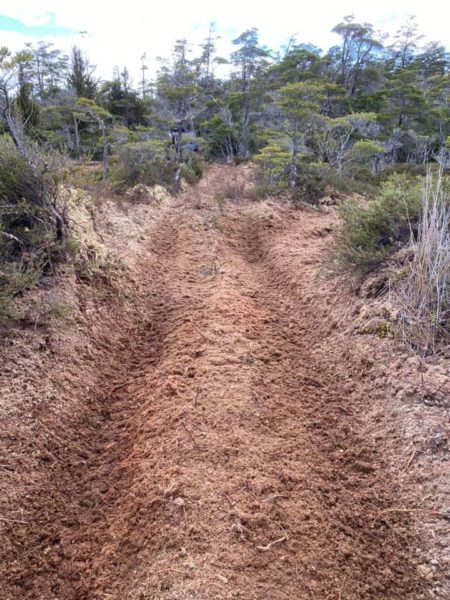
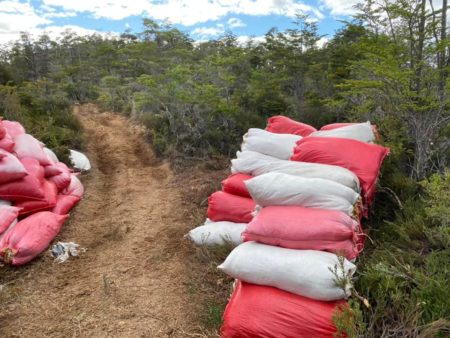
- The second document proposing changes to make in the environment committee, was signed by the ministries of environment, agriculture, mining and Sebastián Piñera, who has two months left in his function as President of Chile. They also suggest authorizing the extraction and commercialization of Sphagnum mosses from sites with harvesting plans, that should be developed according to the Ministry of Agriculture, and that should be controlled by the SAG. Even though their proposed changes state that drainage of peatlands should be avoided, they do not intent to forbid it. Moreover, they demand one year of time for the implementation of harvesting plans after the law will become effective, giving way to 12 month of rogue Sphagnum extraction. In addition they point out that mining concessions for peat extraction, given before the law becomes effective, will not be concerned by it.
- Both documents proposing changes to the law, which was approved by this overwhelming majority with a legal text aiming to give comprehensive protection to Chilean peatlands, leave aside fundamental scientific studies, for example Dominguez (2014), who shows the slow growth of Sphagnum (2,5-5 mm per year) in the region of Magallanes, where most of the Sphagnum peatlands are concentrated. Further, it is widely known how the harvesting habits induce drainage and compaction, in great parts of the harvesting sites.
- Next to these thoughts addressing technical issues of the proposed changes of the law, it is very important to consider certain aspects about peatlands and pomponales (Sphagnum covered sites without thick peat layers) and the reality in which these ecosystems are used in Chile today.
- At first, the extraction of the living (upper) layer of a Sphagnum peatland implies the loss of several ecosystem functions, for example the sequestration of carbon. The deprivation of the vegetation layer also means a loss in its function as water storage and as regulating element in the hydrological cycle. The latter is especially true for the pomponales of the Great Island of Chiloe, which decelerate superficial runoffs after precipitation events, essential for maintaining the water in the landscape. On the other side the island doesn’t count with glaciers or big rivers which could provide water during summer, and Sphagnum harvest already augmented Chiloe’s catastrophic water crises of the last years.
- In the second place, Chile has a large history of environmental destruction, backed by flexible environmental protection laws and the lack of surveillance capacities, provoking unregulated exploitation of natural resources. One example is the illegal cutting of the Alerce (Fitzroya cupressoides), a tree declared national monument in 1976, whose felling was banned by then, as worries arose that it might become extinct in future. Nevertheless, the Alerce is considered in management regulations, which allow the cutting of individuals that became burnt in forest fires before 1976. Same as in the case of peatlands, there is no land registry, of the forest fires or the distribution of the species by that time. So illegal burning of Alerce still goes on, encouraged by the flexibility of the environmental law and the lack of surveillance in the remote areas of this large country. In the case of peatlands, as to the present day no land registry exists either, giving indications about the locations, the extent and the condition of peatlands, a law allowing the extraction of Sphagnum mosses with harvesting plans, would incentivize the exploitation of pristine ecosystems! A landscape feature still common in the Chilean Patagonia, but very rare in the rest of the world.
- In the third place, the regions with the greatest peatland areas are at the same time the most isolated of the country and count with poor infrastructure. The Sphagnum harvesting is a seasonal activity generating only marginal incomes, which not always stay in the hands of the local communities. Many times peatland sites are leased by their owners to external companies who come with their own team of harvesters. In any case, most of the profit is made by the exportation of the moss, meaning the money stays in the hands of intermediaries and wholesalers. Consequently, the scenario is hard to imagine, where contemporary management plans lead to the use of low impact harvesting methods, in complete awareness and respecting the natural processes of the re-establishment of a Sphagnum layer. On the contrary. So far, the sphagnum harvest in Chile has mostly implied the destruction of intact ecosystems with incalculable costs for the future generations. A law, which gave way to a theoretically sustainable extraction practice, would in real live do nothing more than giving a green etiquette to a non-sustainable business.
- The proposed changes to the law are therefore inadequate to protect Chile’s peatland ecosystems in realistic way, with all the consequences on the national and global level.
- As a last and important point, we want to encourage a real and honest change proposal to the legal text, truly aiming for the protection of Chilean peatlands: “On the basis of a peatland registry, which has to be elaborated, none of the pristine peatlands must be affected by extractive activities or drainage, and those peatlands which have already been harmed must be subjects of restoration measures”.
- There is still hope left that the conservation groups, the environmental ministry and the scientific community press the members of parliament to vote for these measures in the final decision.
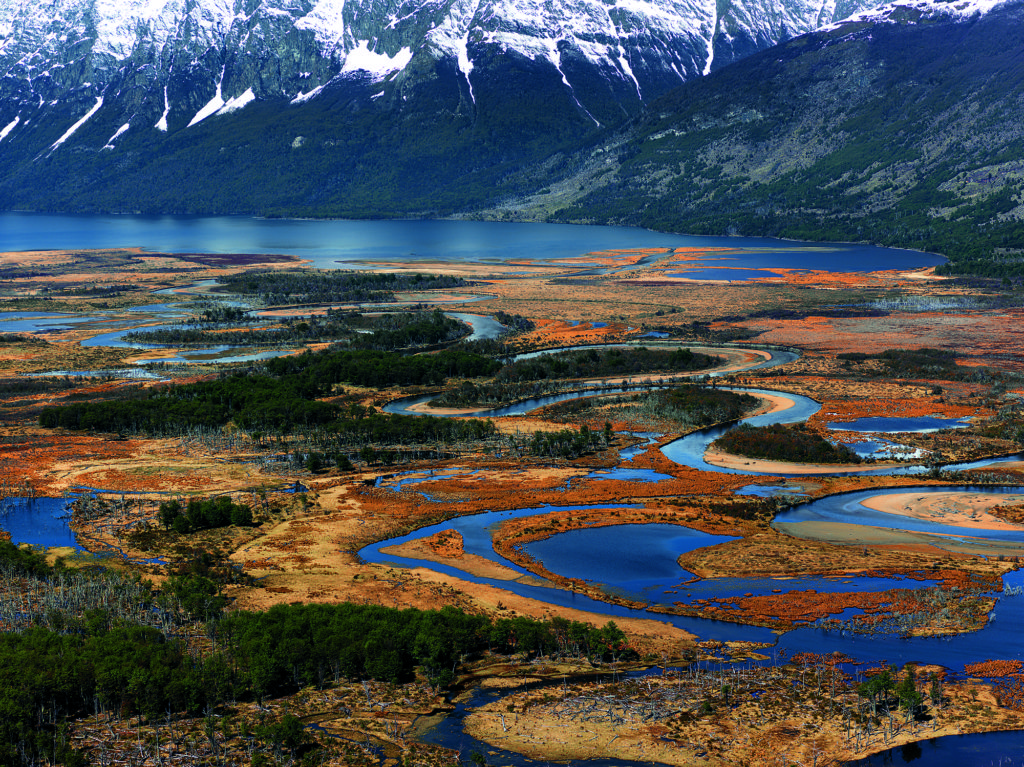
References
Díaz, M.F. & Silva, W. (2012) Improving harvesting techniques to ensure Sphagnum regeneration in Chilean Peatlands. Chilean Journal of Agricultural Research, 72(2), 296-300.
Domínguez, E. (2014) Manual de buenas prácticas para el uso sostenido del musgo Sphagnum magellanicum en Magallanes, Chile. Instituto de Investigaciones Agropecuarias. Centro Regional de Investigación Kampenaike. Punta Arenas, Chile. Boletín INIA Nº 276, 113 pp.
Open letter of the scientific community demanding a “A Law for the Protection of Peatlands in Chile”
As group of more than 50 scientists from at least eight countries, we published this open letter addressed to the representatives of the Chilean Parliament, demanding them to approve the “Law for the protection of peatlands”. This bill is to be voted soon in the chamber of deputies. In the middle of a state of climate emergency and with 53% percent of Chilean municipalities declaring a state of hydrological crisis, the open letter demands a complete protection of these ecosystems, prohibiting the extraction of peat and mosses.
The signing scientists call upon the Chilean government to put itself in the front raw of the combat against climate change by approving this pending law. Peatland ecosystems are very effective carbon sinks and water reservoirs. A law which protects them and banns their exploitation would allow the conservation of their tremendous ecosystem services for the hydrological cycle and decelerate climate change.
Click here to read the letter in Spanish or English.
Austerra Magazine: about the situation of mires and peatlands in Chile
Austerra Society is a digital magazine, that provides a space designed for all people who seek to create a possible relationship in harmony with nature. Montserrat Montecino, journalist from Austerra, invited us to talk about mires and peatlands. In interview with Carolina Rodríguez, we delve into the importance of these ecosystems, and why it is urgent to protect them.
https://www.austerra.org/carolina-rodriguez-investigadora-de-mires-of-chile-la-explotacion-de-las-turberas-esta-ocasionando-un-genocidio-ecosistemico/
Article about high Andean Peatlands ( in Spanish)
New Article about “Southern South American Peatlands”
Tortel, Caleta de Turberas (Tortel, Bay of Mires)
We leave you here an article written by us for the chilean magazine “Endémico”, about the value of mires in Tortel, Aysén and the world.
Modification of Sphagnum magellanicum harvest regulations – consequences for the conservation of mires
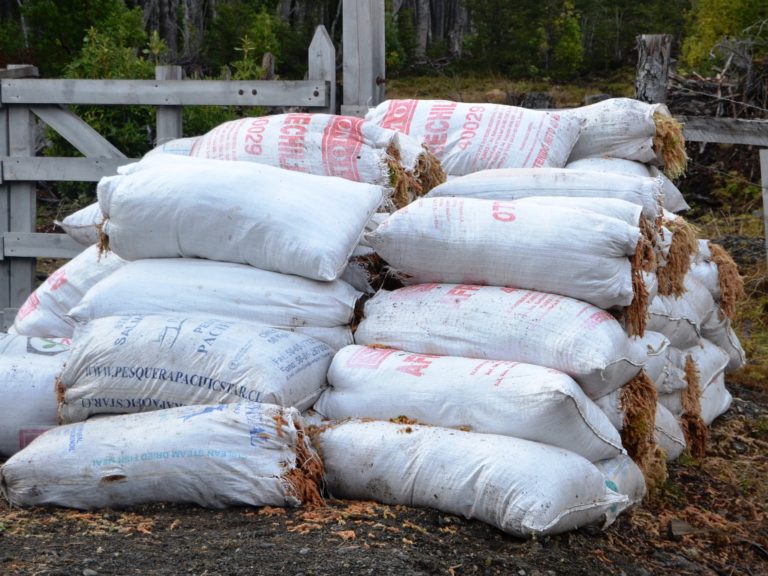
Again a setback for the protection of Sphagnum bogs in Chile. After delaying by one year the Decreto Supremo 25, which regulates the harvest of Sphagnum magellanicum of the Chilean bogs (see link), the Chilean Ministry of Agriculture modified crucial parts just three weeks after it became effective in August 2019. Without any official announcement, the peatland community became aware of these modifications just now. In essence, they weaken the protection and facilitate the access to the mostly pristine bogs of Southern Chile, for peatmoss harvesting.
The most important changes are:
– The maximum harvest depth of 15 cm (as required in the original version) has been taken out. Instead the harvester can cut the moss much deeper, if 5 cm of the living moss remain.
– Minimum regeneration intervals (as required in the original version) of 85 years in the Regions Magallanes and Aysén and 15 years in the Region Los Lagos have been taken out.
– Possible harvest sites have been extended to areas without homogenous cover of Sphagnum magellanicum. According to the original version, only areas with homogenous Sphagnum magellanicum cover were suitable for peat moss harvesting.
– A record of water level measurements of the unintervened site of at least one year, which is required as part of the management plan (in the original version), has been omitted.
In addition, eventual peat harvesters shall participate in a workshop of “good harvesting practices”. Also, the Servicio Agrícola y Ganadero (SAG), which is the supervising authority, will not be engaged directly in the supervision of the peat moss harvest, but contract external inspectors.
In summary, these changes will mean nothing good for the Patagonian peat bogs.
The original regulation has been written for the cause of protecting and regulating the peat moss harvest on a sustainable level. The new version has been written with the feather of an entrepreneur facilitating the access to greater areas and reducing the effort. Moreover, the omission of the water level record will not allow deductions, whether the harvest is affecting the hydrological balance of the peatbog. Without this hydrological reference of the pristine site, not SAG stuff, not external inspectors will later be able to characterize the (negative) effects on the ecosystem.
Further, what sounds alright in theory, becomes a problem in real life. A harvester might chose a tool, which could help him to determine the harvesting depth to 10 cm or 15 cm. But to check always until which depth the living parts of the Sphagnum magellanicum strands reach and leave at least 5 cm of the plant is much more tedious.
The omission of the regeneration intervals will most likely lead to an overexploitation of bogs, especially those which are easy to access by roads. And this higher peat moss extraction rate will come with all its side effects like pollution with plastic bottles and canisters, damage by trampling, tyre tracks at the fringes of the bogs and erosion.
Instead of undertaking as a first step scientific investigations to explore the regeneration rates of Sphagnum according to its climatic gradient and local settings, and in a second step derive harvest regulations, the inconsiderate exploitation of peatmoss is favoured. We hope that rather sooner than later, the decision makers in Chile will understand that reckless extractivism is shortsighted and will not only lead to the devastation of these precious ecosystems, but also to the loss of an economic resource, that with more caution could be managed sustainable.
Regulation for Sphagnum magellanicum harvest became effective
Silently, the Decreto 25 (look news from 6/2/2018 and 4/10/2018), which is supposed to regulate the harvest of Sphagnum magellanicum in Chile, became effective on the 3rd of August 2019.
Hopefully, the regulation will remain without any further changes in disadvantage of the mires. Further, we hope that the SAG counts with the necessary means for the supervision, in order to counteract illegal moss harvest practices. Otherwise, the Decreto 25 could even become a boomerang and give illegal exploitations a legal look.
Bofedales – The mires of the Altiplano
The north of Chile is not only a desert. There are important ecosystems which store water, are a basis for a great biodiversity and protect our climate. In this regard, we invite you to read our new post about “Bofedales”, the mires of the Altiplano.
